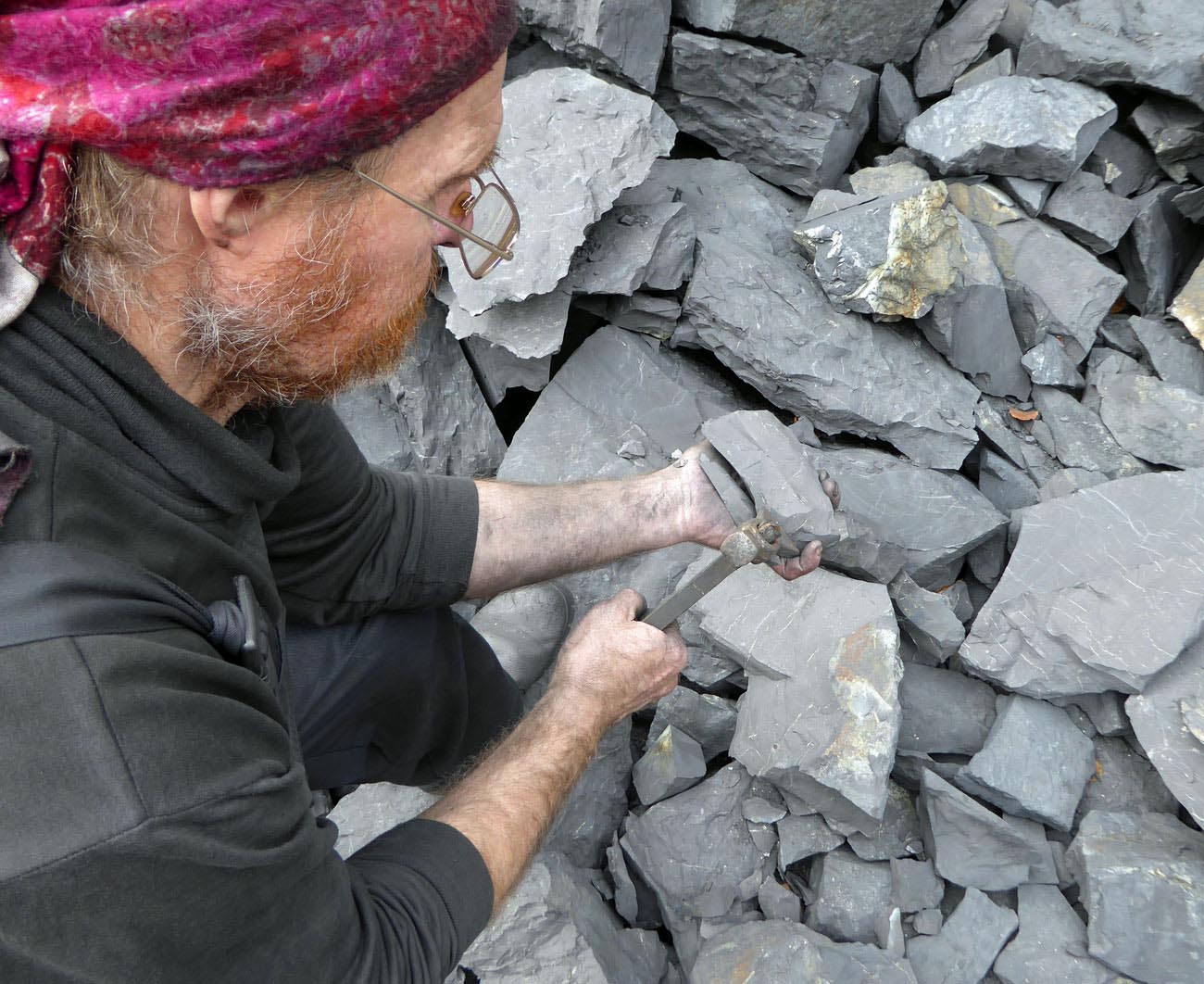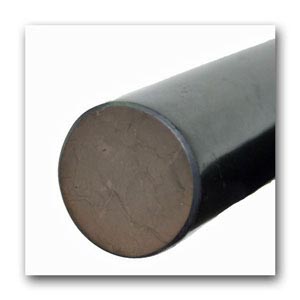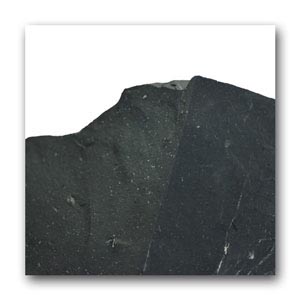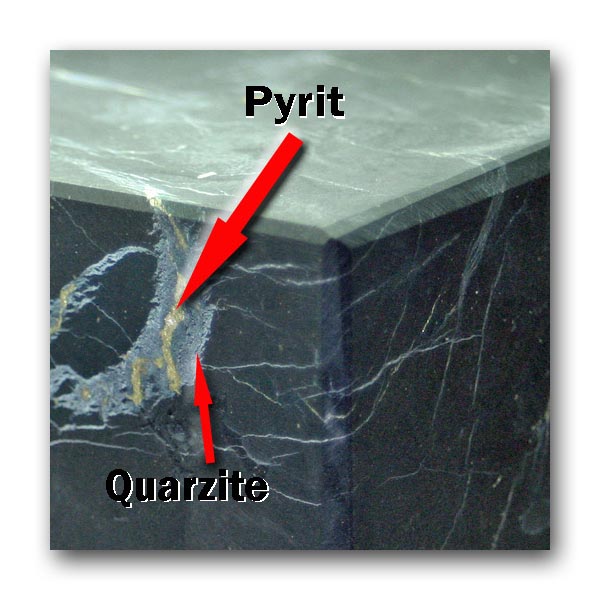Vielen Dank für Ihr Interesse am unserem Newsletter!
Schauen Sie in Ihre Mailbox. Um die Anmeldung abzuschließen, müssen Sie die Bestätigungsmail beantworten oder dem darin enthaltenen Weblink folgen.
Our ultimate goal is achieving the highest quality
Even the selection of stones in the quarry is carried out only by experienced employees whom we know personally. We visit the quarry in Karelia regularly, which allows us to control the process from mining to manufacturing and packaging. There, we select and purchase only those shungite stones that meet all quality criteria.

When the stones are sorted for purity, strength, and energy intensity, skilled workers cut, drill, and polish them. For the most part, no additives are used, except for polish to smooth surfaces. After processing, shungite stones are packed and exported to Germany.
As soon as the stones arrive in Germany, they are tested again. Electrical conductivity, optical performance and weight are the most important criteria. Even if it is handmade and the dimensions may vary slightly, products with large deviations or damage during transit will not be accepted. It is very important for us to offer our customers only stones of the highest possible quality.
We regularly use the services of an independent laboratory to examine shungite water treated with our stones. So far, test results have confirmed that shungite water poses no health hazard when used correctly. In addition, we examined samples of our shungite and elite shungite at universities several times to determine the components of the stone. Study reports show what chemical elements are contained in shungite.
Here are the links for you to see test results and certificates:
All shungite stones that we supply guarantee our customers maximum safety thanks to quality control. We would like to share our special knowledge with you and show you the characteristics by which you can recognize real shungite.
How can one determine that the shungite stone is genuine?
You can easily see whether it is genuine shungite or not. To distinguish genuine stones from fakes, you will need a magnifying glass, a multimeter (or a battery with a light source) and a scale.
It has a smooth shiny surface and is stain free. Elite shungite can be found in caves near Shunga in Karelia (Russia). The mining site is now practically exhausted. Due to its limited availability, elite shungite is of particular interest to collectors. Elite shungite is usually felt much stronger in bioenergy than classical shungite.
Classical shungite is mined at the Zazhoginsky mine, which is also located in Karelia.
When untreated, it has a matte surface and may have stains. Classical shungite may be used to make pyramids, cylinders and other products.
The hardness of both types of stone (Mohs hardness) is 3 to 4.
Category 2 shungite is generally not "worse" than category 1 shungite. These two types have different characteristics that can be useful depending on their application.
How can one define if it is elite or classical shungite with the polished or unpolished surface? Depending on the category or processing, shungite may have different surfaces, but it is relatively easy to recognize it.

Elite shungite
Elite shungite has a naturally shiny surface and does not have any spots.
However, the extremely fragile rock is practically impossible to process.
Drilled holes or glued-in eyelets on pendants made of elite shungite do not last long.
For this reason, we offer jewellery with elite shungite only in gold or silver settings. Rough stones of elite shungite are ideal for water purification or as a strong protective stone that you can carry with you.

Classical shungite with a polished surface
Classical shungite can be relatively well ground and polished.
Therefore, all products of a certain shape, such as pyramids, cylinders, cubes, balls, beads and rimless pendants, are made of classical shungite.
However, the polish lasts for a limited time only. That is why the shine of shungite beads will fade after a while.
Due to this lower elasticity, classical shungite with a polished surface (e.g. pyramids, spheres, etc.) can not tolerate water. For this reason, these stones should not be used for water purification.

Raw natural classical shungite
Ranging from small stones such as gravel to very large rocks, shungite has a rough matte surface. The surface is so soft that it can be easily scratched with a knife.
Both elite shungite and classical shungite are about twice as heavy as water. If you want to determine the volume of your shungite, weigh it. The exact ratio of volume to weight is difficult to determine since the stone consists of additional elements that are distributed in different ways in its mass. That is why stones of the same size may vary slightly in weight. There are fake stones on the market that are much lighter than real shungite. Make sure your stone is about twice as heavy as water. This corresponds to a density of approximately 1.9–2.2. Thus, a cube with a side length of 10 cm weighs about 2 kg.
This is very easy to check. This requires a multimeter set to measure resistance (with sound indication). When two test tips are placed on the stone, a beep will sound. This test can also be done with a battery, light source and two cables. To do this, make a closed circuit with a light source and shungite. When the circuit is closed, the light source will be lighted as shungite conducts electric current (as shown in the picture below). This phenomenon is inherent in both types of shungite.

Quartzite and pyrite are natural components of stone and an important indicator of the quality of classical shungite. They are unevenly distributed in the stone. They can be easily recognized on unpolished surfaces, but not always on polished surfaces, as the shiny polish coats the inclusions. But if you look closely, you will still see them.
There is no classical shungite without inclusions of pyrite and quartzite.
The proportion and position of these inclusions are practically irrelevant for water purification and other applications.
The image shows inclusions of golden pyrite and light gray quartzite.

There is a lot of information about the effect of the stone. We have had a positive experience with this stone. However, only genuine shungite can give such an effect.